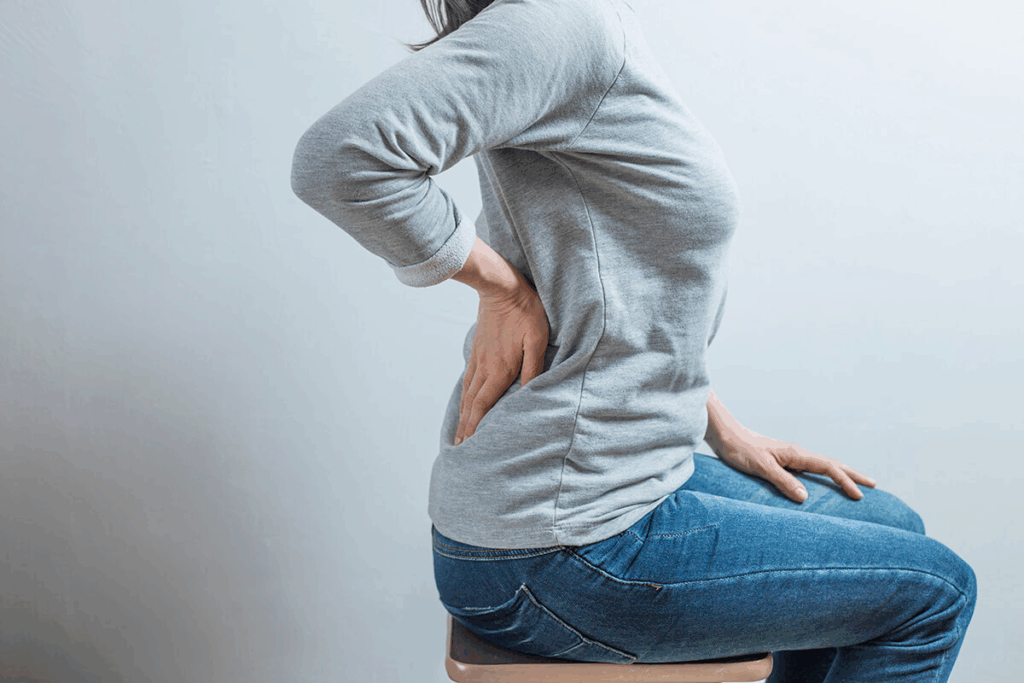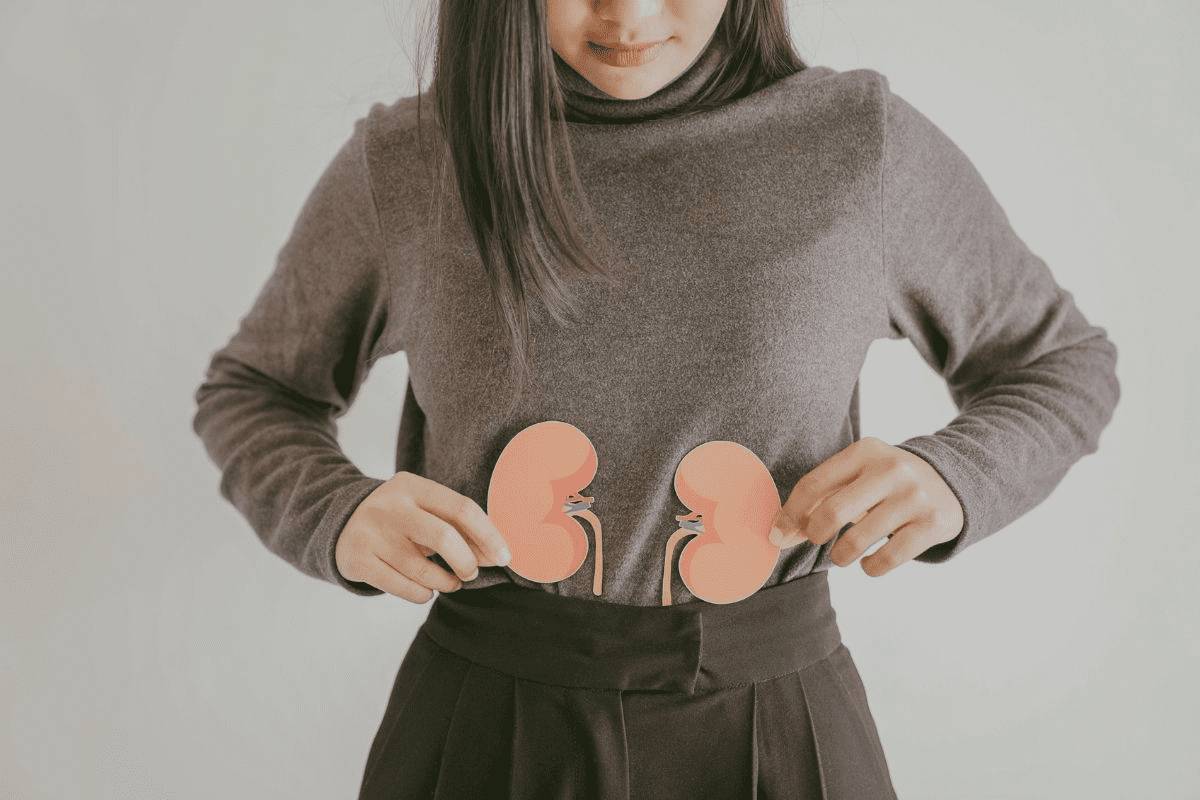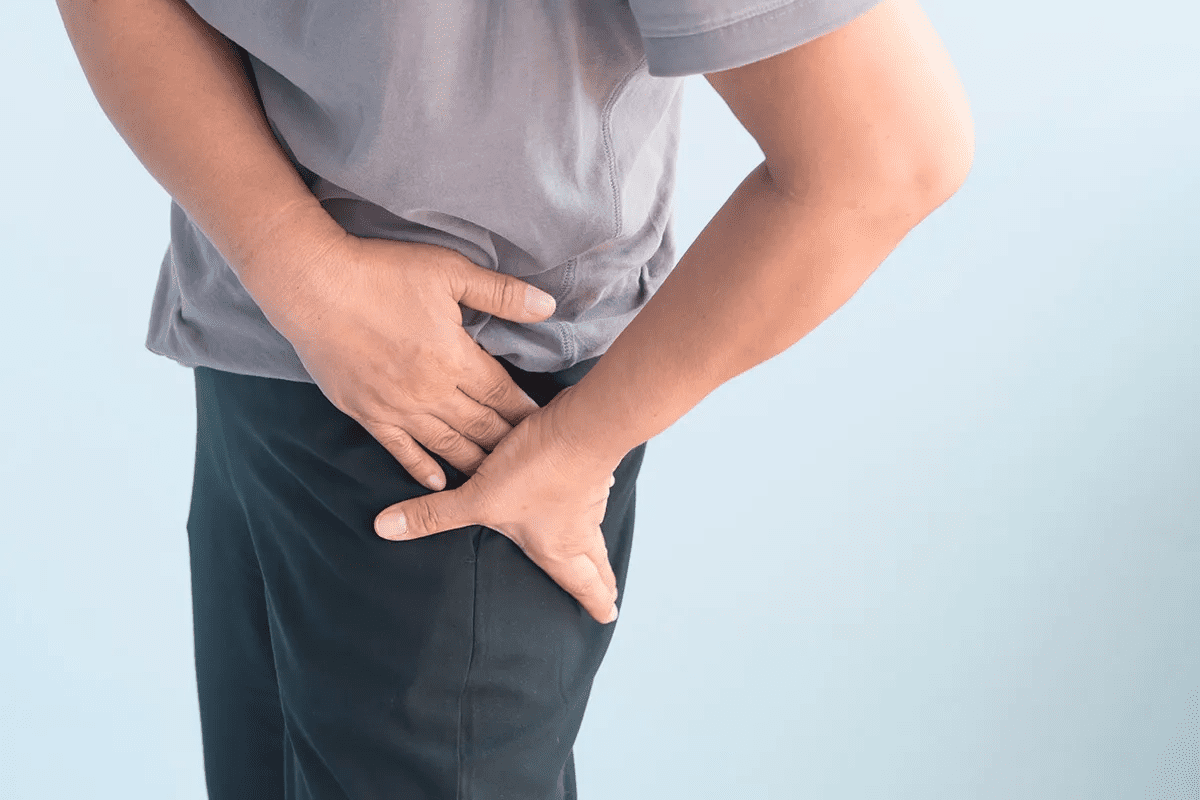Last Updated on October 31, 2025 by Bilal Hasdemir

Uric acid kidney stones are a big health problem, affecting millions. These stones are linked to conditions like type 2 diabetes, metabolic syndrome, and obesity.
Dealing with recurring stone issues can be tough. But, uric acid stones can often be dissolved without surgery. This is done through targeted medical therapy and dietary changes.
Exploring uric acid nephrolithiasis is complex. It’s vital to understand the condition and how to manage it. Good treatment strategies can lower the chance of stones coming back and related problems.
A complete guide to uric kidney stones treatment, detailing dissolution and prevention strategies.

Uric acid kidney stones, also known as urate kidney stones, are a specific type of renal calculi. They need their own management. These stones form when uric acid in the urine crystallizes, often linked to gout.
Uric acid stones are one of the four main types of kidney stones. They are made of uric acid, a waste product in urine. These stones form more easily in low urine pH.
Uric acid stones are different from other types. Unlike calcium stones, they are more common in people with metabolic syndrome and diabetes.
Uric acid stones are becoming more common, linked to metabolic disorders like type 2 diabetes and obesity. They are more common in men and people over 55 years old.
Demographic Characteristics | Prevalence of Uric Acid Stones |
Male | Higher prevalence compared to females |
Age > 55 years | Increased incidence |
Presence of Metabolic Syndrome | Associated with higher risk |
Uric acid stones are different from other kidney stones. They are more linked to metabolic syndrome and diabetes. Treating uric acid stones often means fixing these metabolic issues and using urinary alkalinization therapy.
Knowing these differences is key for effective treatment and prevention. Healthcare providers can better help patients by understanding the unique needs of uric acid stones.

Uric kidney stones form due to how our body breaks down uric acid and the urine’s pH level. These stones happen when there’s too much uric acid in the urine and the pH is too low.
Creating uric acid stones involves many factors. These include how our body handles uric acid, the urine’s pH, and how much uric acid is in the urine. Hyperuricosuria, or too much uric acid in the urine, is a big factor. This can come from making more uric acid, not absorbing enough, or eating too many purines.
When there’s too much uric acid in the urine and it’s too acidic, crystals form. This leads to stones. The critical role of urinary pH is huge. A pH below 5.5 makes it more likely for uric acid crystals to form.
A pH below 5.5 is bad for preventing uric acid stones. At this acidity, uric acid is less soluble, making crystals more likely. Keeping the urine pH above 6.0 can help stop stones by making uric acid more soluble.
Uric acid comes from breaking down purines, and we get rid of it mostly through the kidneys. Problems with how we metabolize uric acid, like in gout, can lead to more uric acid. This increases the risk of stones. Knowing how uric acid is made and removed is key to managing and preventing stones.
Uric acid kidney stones come from many sources. These include metabolic conditions, genetic factors, and environmental influences. Knowing these risk factors helps in preventing and managing the condition.
Conditions like type 2 diabetes, obesity, and metabolic syndrome raise the risk of uric acid stones. These issues often cause insulin resistance. This can mess with how the body handles uric acid.
Table 1: Metabolic Conditions Associated with Uric Acid Stones
Metabolic Condition | Association with Uric Acid Stones |
Type 2 Diabetes | Increases uric acid production and reduces urinary pH. |
Obesity | Linked to insulin resistance, affecting uric acid metabolism. |
Metabolic Syndrome | Combination of factors including insulin resistance and hypertension. |
What we eat affects our risk of getting uric acid stones. Eating too much animal protein, foods high in purines, and sugary drinks can raise uric acid levels.
Genetics can also play a part. If your family has a history of uric acid stones, you might be at higher risk. Certain genetic disorders can also affect how your body handles uric acid.
Some medicines, like diuretics and chemotherapy, can increase the risk of uric acid stones. Not drinking enough water and a sedentary lifestyle also add to the risk.
Knowing the signs of uric kidney stones is key to getting help fast. These stones can cause a range of symptoms, some of which are quite serious.
The signs of uric kidney stones can differ, but often include sharp pain in the flank or lower back. This pain can spread to the groin or belly. Other common signs are:
These signs can mean a stone is blocking the urinary tract. The pain’s severity depends on the stone’s size and where it is.
Seek medical help if you have any of these:
If you’re showing these symptoms, see a doctor right away. They can check you out and start treatment.
Ignoring uric kidney stones can lead to serious problems, such as:
Complication | Description |
Infection | Bacteria can build up behind a stone, causing infection. |
Kidney Damage | Long-term blockage can harm the kidney permanently. |
Recurrent Stones | Not treating the cause can lead to more stones. |
Seeing a doctor quickly can stop these issues and manage uric kidney stones well.
To find out if you have uric acid kidney stones, we use many steps. We look at your medical history, do a physical check, and run tests. This helps us figure out why the stones formed and how to treat them.
Knowing your medical history is key. We check for past stones, what you eat, and any health issues. A physical check might not show much, but it helps.
Lab tests are very important. We test your urine to see if it’s acidic and how much uric acid is there. Blood tests check your kidney health and uric acid levels. These tests help us understand why you might be getting stones.
Imaging tests are vital to find and see where the stones are. We often use non-contrast CT scans because they’re very good at finding stones. Sometimes, ultrasound is used too. These tests help us know how big the stones are and how many there are, which helps us decide how to treat you.
When we can, we analyze the stone’s makeup. This tells us for sure if it’s a uric acid stone. Knowing what the stone is made of helps us plan the best treatment and ways to prevent more stones.
Medical dissolution methods are a promising way to treat uric acid kidney stones. They dissolve stones without surgery, making them a less invasive option for patients.
Urinary alkalinization therapy is key in treating uric acid kidney stones. It involves giving medicines that make urine more alkaline. Potassium citrate is often used because it raises the urine’s pH, helping dissolve uric acid stones.
We aim for a urinary pH between 6.2 and 6.8 for dissolving uric acid stones. It’s important to check the pH regularly to keep it in this range.
Patients on urinary alkalinization therapy should check their urine pH at home. They can use pH test strips or a pH meter. This helps adjust the potassium citrate dose to keep the pH right.
Medicines that lower uric acid production also help. Allopurinol is a common one. It reduces uric acid in the body, lowering the chance of stones forming.
Success with medical dissolution therapy depends on several things. These include the stone’s size and number, and how well the patient follows the treatment. Usually, big changes happen in 3 to 6 months.
Treatment Duration | Expected Outcome |
1-3 months | Initial reduction in stone size |
3-6 months | Significant dissolution of stones |
Beyond 6 months | Complete or near-complete dissolution |
By using urinary alkalinization therapy and medicines to lower uric acid, we can treat uric acid kidney stones well. Regular check-ups are key to fine-tune the treatment plan.
Making lifestyle and dietary changes is key to managing and preventing uric acid kidney stones. By choosing wisely, you can lower your risk of getting stones again.
Drinking enough water is vital to prevent uric acid kidney stones. We suggest drinking lots of water all day. This helps dilute your urine and lowers uric acid levels.
Changing your diet is important for managing uric acid kidney stones. Eating less purine can lower uric acid in your body.
Food Group | Recommended | To Limit |
Protein Sources | Lean meats, fish | Organ meats, shellfish |
Dairy | Low-fat dairy products | High-fat dairy products |
Fruits and Vegetables | Citrus fruits, leafy greens | High-purine vegetables like spinach |
Keeping a healthy weight is essential to prevent uric acid kidney stones. We suggest a balanced diet and regular exercise.
Tips for Weight Management:
Regular exercise helps with weight management and improves health. We recommend at least 30 minutes of moderate exercise daily.
Examples of Moderate-Intensity Exercises:
When treatments for uric acid kidney stones don’t work, surgical interventions are needed. This can worry patients, but there are good options available.
Surgery is suggested for big uric acid kidney stones or when symptoms are severe. The choice to have surgery depends on the patient’s health and their stone situation.
For uric acid kidney stones, ureteroscopy is often the best choice. It uses small tools and cameras to find and remove stones. This method helps patients recover faster and lowers the risk of problems.
For big stones, percutaneous nephrolithotomy (PCNL) is recommended. It involves a small incision in the back to reach the kidney and remove the stone. PCNL works well for stones that are too big to pass or be treated another way.
After surgery, patients need close monitoring and care. This includes managing pain, watching for infection signs, and checking the urinary tract. We also help with follow-up care to stop stones from coming back.
Knowing about surgical and procedural interventions helps patients make better choices. It’s a step towards managing uric acid kidney stones effectively.
Managing uric acid kidney stones is more than just treating them. It’s about preventing them from coming back. This means sticking to a healthy diet, drinking plenty of water, and sometimes taking medicine.
It’s important to keep an eye on your urine and uric acid levels. Working with your doctor helps make sure your prevention plan is working. This way, you can catch any problems early and make changes as needed.
Changing your lifestyle is key to preventing stones. This includes keeping a healthy weight and managing health issues. These steps can greatly lower your chance of getting stones again.
We take a full approach to dealing with uric acid stones. We treat current stones and work on preventing new ones. With the right treatment, lifestyle changes, and regular check-ups, we aim to keep your kidneys healthy for the long term.
Uric acid kidney stones form when there’s too much uric acid in your urine. This can happen because of a low urine pH or problems with how your body handles uric acid.
Uric acid kidney stones are quite common. They often affect people with conditions like type 2 diabetes, obesity, and metabolic syndrome.
Several factors can increase your risk. These include metabolic conditions, what you eat, your genes, and some medications or environmental factors.
Uric acid stones are different in what they’re made of and why they form. They need their own treatment plan, unlike other types like calcium oxalate stones.
Symptoms include sharp pain, nausea, and vomiting. You might also see signs of a blockage or infection in your urinary tract. Seeing a doctor quickly is important.
Doctors use your medical history, a physical check, lab tests, and imaging to find out if you have these stones. They also check what the stone is made of.
Treatment can include making your urine more alkaline with potassium citrate. You’ll also need to make lifestyle changes. Surgery might be needed for bigger stones.
Yes, you can prevent them. Drink plenty of water, eat right, keep a healthy weight, and exercise. Also, manage any metabolic conditions you have.
This therapy works well. It makes your urine less acidic, which helps dissolve uric acid stones and prevents new ones from forming.
Stay hydrated, eat a balanced diet, manage your weight, and exercise regularly. These steps can help lower your risk of getting more stones.
Yes, some medicines can lower uric acid levels. This is good for people with too much uric acid in their urine.
Surgery is needed for big stones that don’t dissolve with treatment. It’s also necessary if you have a blockage or infection.
Potassium citrate helps make your urine more alkaline. This helps dissolve uric acid stones.
You can use pH test strips or a pH meter at home. This helps you adjust your treatment and prevent more stones.
National Center for Biotechnology Information. (2025). How to Treat Uric Kidney Stones A Complete. Retrieved from https://pmc.ncbi.nlm.nih.gov/articles/PMC11534397/
Subscribe to our e-newsletter to stay informed about the latest innovations in the world of health and exclusive offers!
WhatsApp us